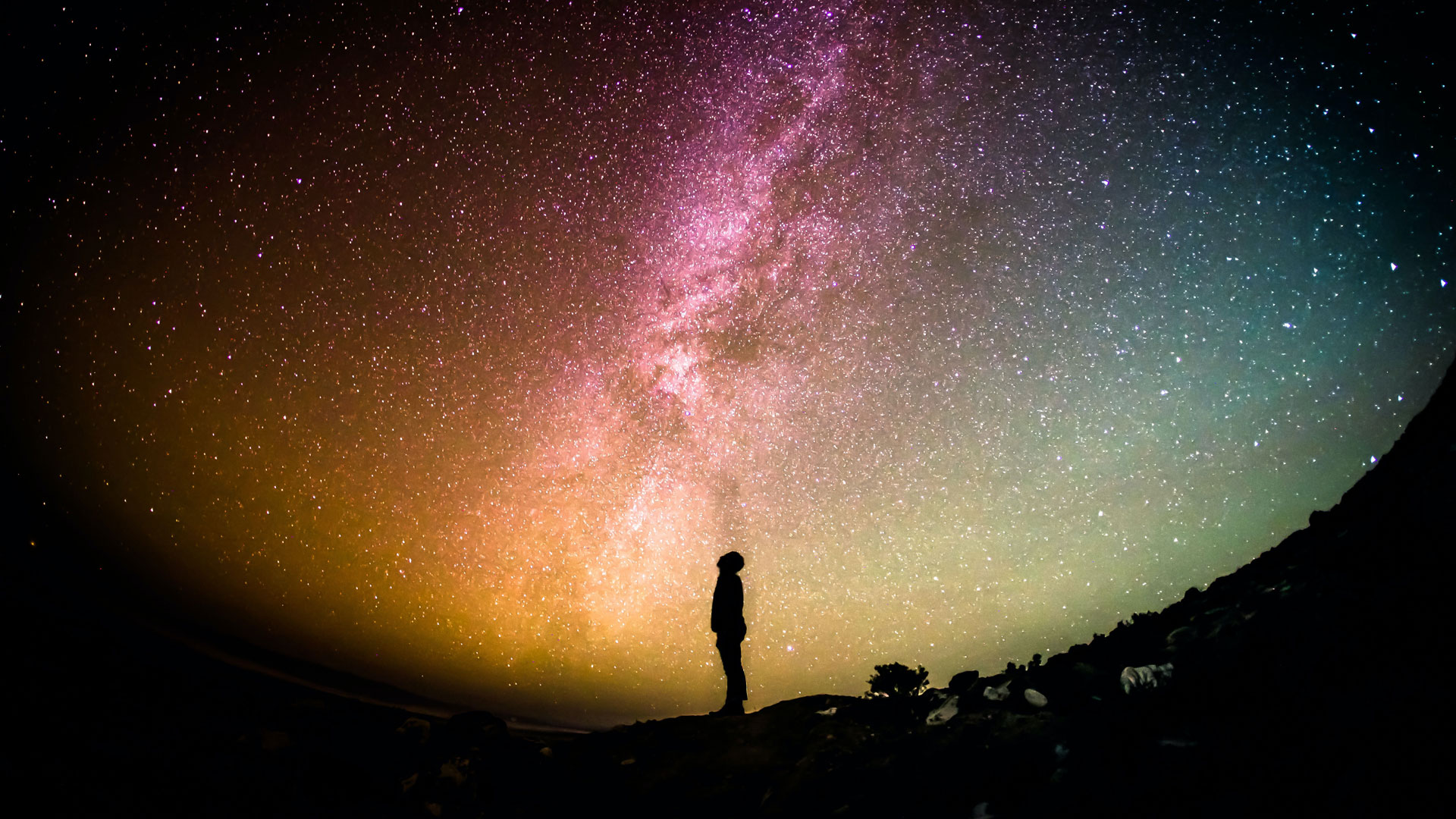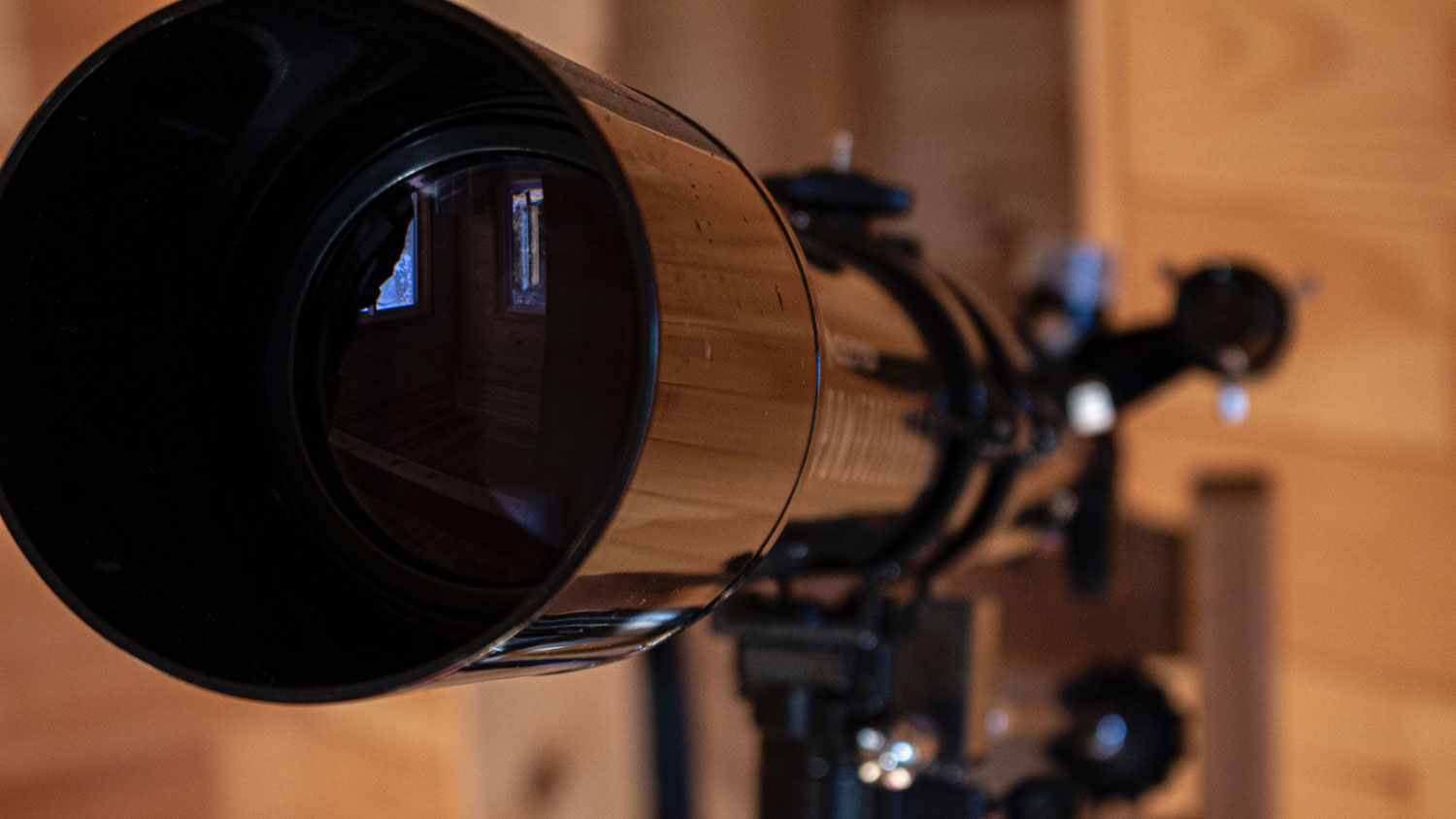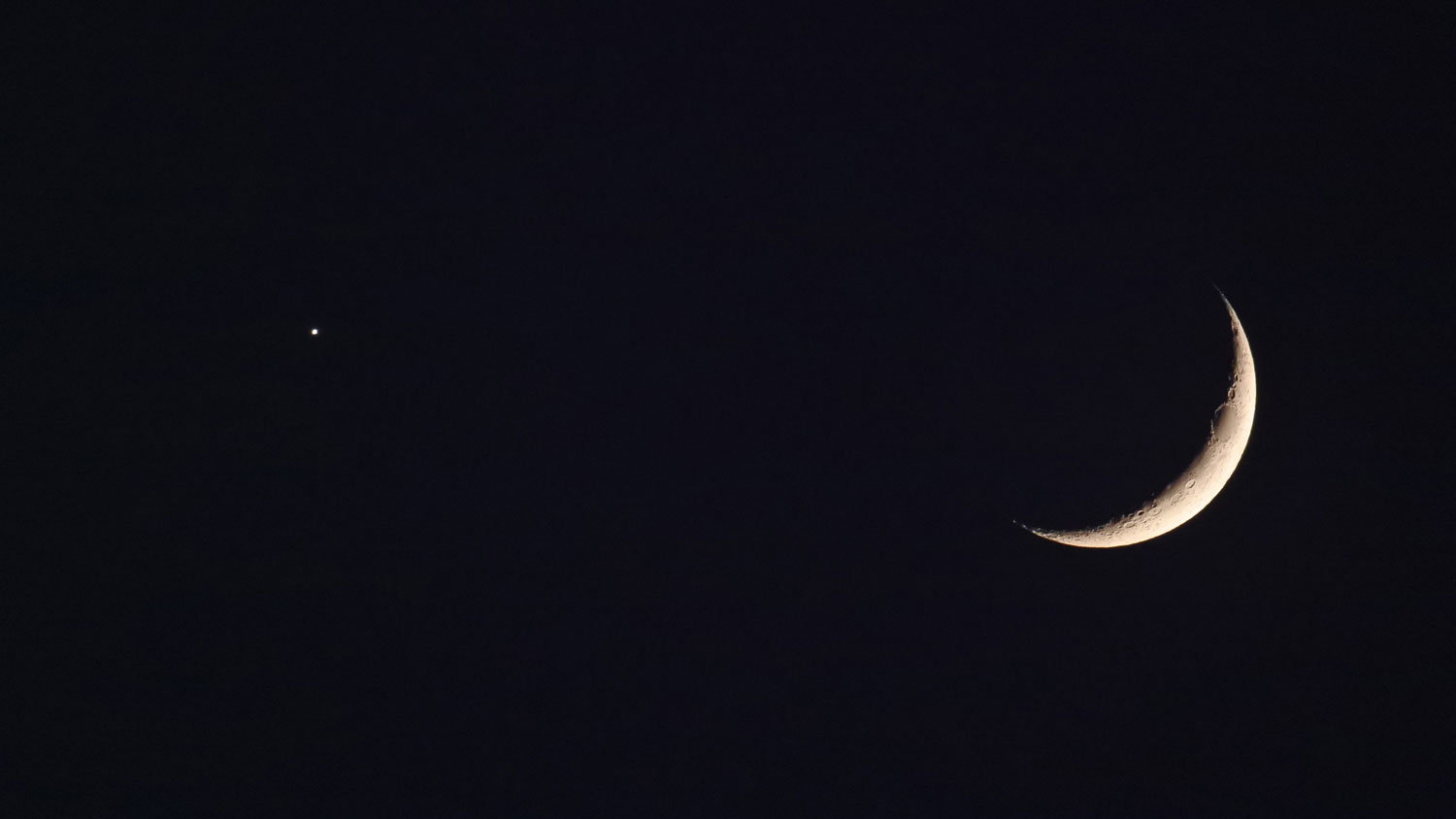

So you’ve made the plunge, bought a telescope and now you’re ready to begin your journey into the deep sky. Now what? For many new telescope owners it’s a steep learning curve, with initial excitement quickly turning into a realisation that things are a little more complicated than it says on the box.
Astronomy using a telescope requires time, patience and an understanding of the capabilities and limits of your equipment; merely having the best telescope or the best telescope for beginners isn't enough to get great results. Here are three mistakes everyone makes when using a telescope for the first time:
1. Having sky-high expectations

Is it next to that fuzzy blob? Err, no, it is the fuzzy blob! A lot of the objects in the night sky have an ‘M’ next to them – such as the Pleiades (M45), the Andromeda Galaxy (M31) and the Great Hercules Cluster (M13) – because they are from a list of comet candidates compiled by an 18th century French comet-hunter called Charles Messier.
These ‘faint fuzzies’ make up an incredibly varied list of objects that form the backbone of all observing, but they often require lengthy observations to appreciate. They’re also prone to becoming even harder to see under light-polluted night skies. It’s much easier to see nebulae and galaxies when under a dark rural sky, so when buying a telescope think about whether you might want to transport it.
Wherever you observe from, use the ‘averted vision’ technique to see more brightness from a faint object by looking slightly to the side of it. It sounds weird, but it works!
- Beginner's guide to stargazing: how to find dark skies and the best gear
- What to aim your telescope at: your guide to exploring the night sky
- How to set up a telescope for observing the night sky
2. Using too much magnification

Magnification isn’t everything. It’s the size (aperture) of a telescope’s main lens or mirror – which determines the amount of light that it lets in – that’s decisive in terms of the level of detail it can display, but that’s fixed. So no matter what eyepiece you put onto it you’re going to get the same amount of detail, only magnified.
Typically you’ll get a low power 25mm (or similar) eyepiece with a telescope, which is for finding an object. Then you’ll usually switch to a high-power eyepiece – perhaps 10mm for a close-up. Beginners then often add a Barlow lens, which doubles the magnification of any eyepiece. However, it’s very often the case that the wider field view of, say, Saturn’s rings will be more pleasing than the blurry close-up.
Get all the latest news, reviews, deals and buying guides on gorgeous tech, home and active products from the T3 experts
In the long term it’s wise to invest in better quality eyepieces, but there’s a reason why professional astronomers have huge light-collecting telescopes. So the bigger your telescope, the better the detail for any given eyepiece.
3. Not observing regularly

You’re not going to learn much nor build your expertise and enthusiasm if you only take out your telescope once a year. Take some time to learn the phases of the Moon, which will inform you not only when you’ll be able to point your telescope at it, but also when you won’t. Moonless skies occur between Last Quarter Moon and New Moon, which is seven nights (plus a few either side where the Moon rises late or sinks early). That’s your prime telescope (and stargazing) window, so mark it in your diary and plan to take full advantage of any clear skies you have.
It’s also worth having a look where the planets are and when they’re going to be visible where you are, particularly Jupiter, Saturn, Mars and Venus. The outer planets come to ‘opposition’ once per year – when they align with the Earth and the Sun, so appear at their biggest and brightest – which is when you should observe them (and for about a month or two either side).
Jamie is a freelance journalist, copywriter and author with 20 years' experience. He's written journalism for over 50 publications and websites and, when he's not writing, spending most of his time travelling – putting the latest travel tech through its paces.
